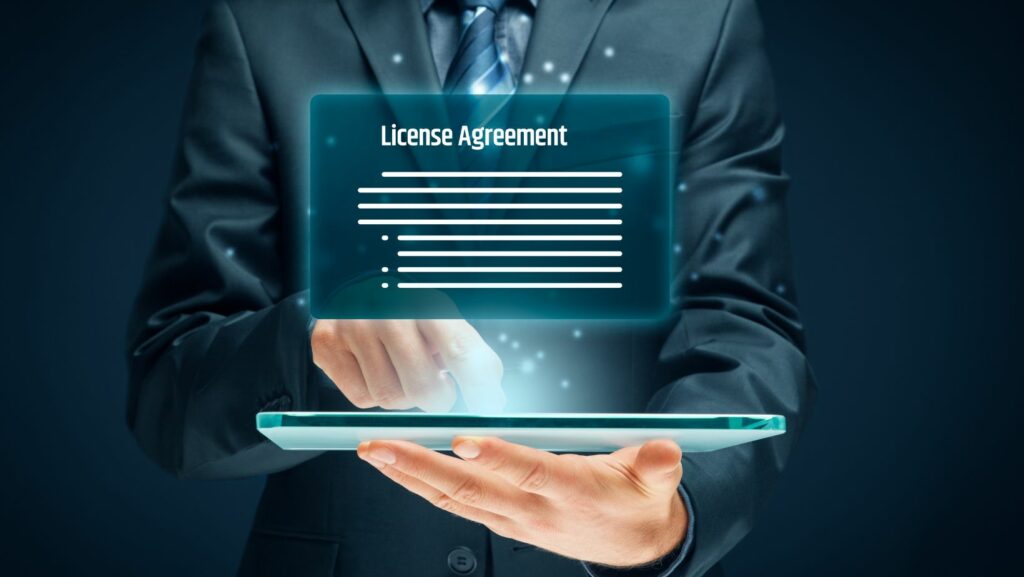Navigating the complex landscape of software licensing management can be a daunting task for businesses of all sizes. As a seasoned expert in the field, I’ve witnessed firsthand the challenges and intricacies involved in ensuring compliance while optimizing cost-efficiency. From understanding different license types to implementing effective tracking mechanisms, the world of software licensing demands attention to detail and strategic planning. In this article, I’ll delve into the critical aspects of software licensing management, providing valuable insights and practical tips to streamline your organization’s licensing processes.
Software Licensing Management

I’ll delve into the key aspects of software licensing management to help businesses navigate the complexities and maximize the value of their software investments effectively. Software licensing refers to the legal agreement between the software developer and the end-user, outlining the terms and conditions under which the software can be used. It defines the rights of the user and the restrictions imposed by the developer, such as the number of installations, duration of use, and features accessible.
The Importance of Managing Software Licenses
Proper management of software licenses is crucial for businesses to ensure compliance with licensing agreements, optimize resource allocation, and avoid legal risks. By tracking and monitoring licenses effectively, organizations can streamline their operations, reduce costs associated with over-licensing, and maximize the utilization of software assets.
Types of Software Licenses
Software licenses come in various forms that determine how the software can be used, distributed, and managed. Understanding the different types of software licenses is essential for effective software licensing management. Below are some common types of software licenses:
Open Source vs. Proprietary Licenses
Open source licenses allow users to access and modify the source code of the software, promoting collaboration and community-driven development. Examples include GNU General Public License (GPL) and MIT License. On the other hand, proprietary licenses restrict access to the source code, providing exclusive rights to the software developer or vendor. Microsoft Windows and Adobe Photoshop are examples of software using proprietary licenses.
Compliance Risks

Ensuring compliance with software licensing agreements is crucial to avoid legal issues and financial penalties. Organizations may face compliance risks due to factors such as not keeping track of license usage, unauthorized software installations, or misunderstanding license terms and limitations. Failure to adhere to licensing agreements can result in costly consequences, including lawsuits or reputational damage. Therefore, maintaining accurate records, conducting regular audits, and educating employees on license compliance are essential steps to mitigate compliance risks effectively.
Managing Multiple Licenses

Managing multiple software licenses from different vendors can pose logistical challenges for businesses. Juggling various license agreements, renewal dates, and terms and conditions can be overwhelming, leading to potential oversights or inefficiencies in license utilization. Implementing a centralized system to track all software licenses, renewals, and compliance requirements is necessary for efficient management of multiple licenses. By streamlining the license management process and ensuring clear communication between stakeholders, organizations can optimize their software licensing arrangements and reduce administrative burdens.
Ideal Practices in Software Licensing Management
When it comes to software licensing management, there are key strategies that can help businesses navigate the complexities and ensure compliance. Here are some ideal practices to consider: In order to effectively manage software licenses, businesses should start by developing a comprehensive licensing strategy. This involves understanding the different types of licenses they have, whether it’s per user, per device, concurrent, or other models. By identifying the specific needs of the organization and aligning them with the right licensing options, businesses can optimize their software usage while staying compliant.
Technological Solutions for Licensing Management
Implementing technological solutions is crucial for effective software licensing management. Utilizing specialized software can streamline license tracking, compliance monitoring, and automate renewal processes. A centralized system for managing licenses can significantly enhance efficiency by facilitating easy access to renewal dates, compliance status, and software usage permissions. By investing in the right tools, businesses can mitigate compliance risks, reduce manual errors, and ensure optimal utilization of software licenses.



